The First Transatlantic Cable
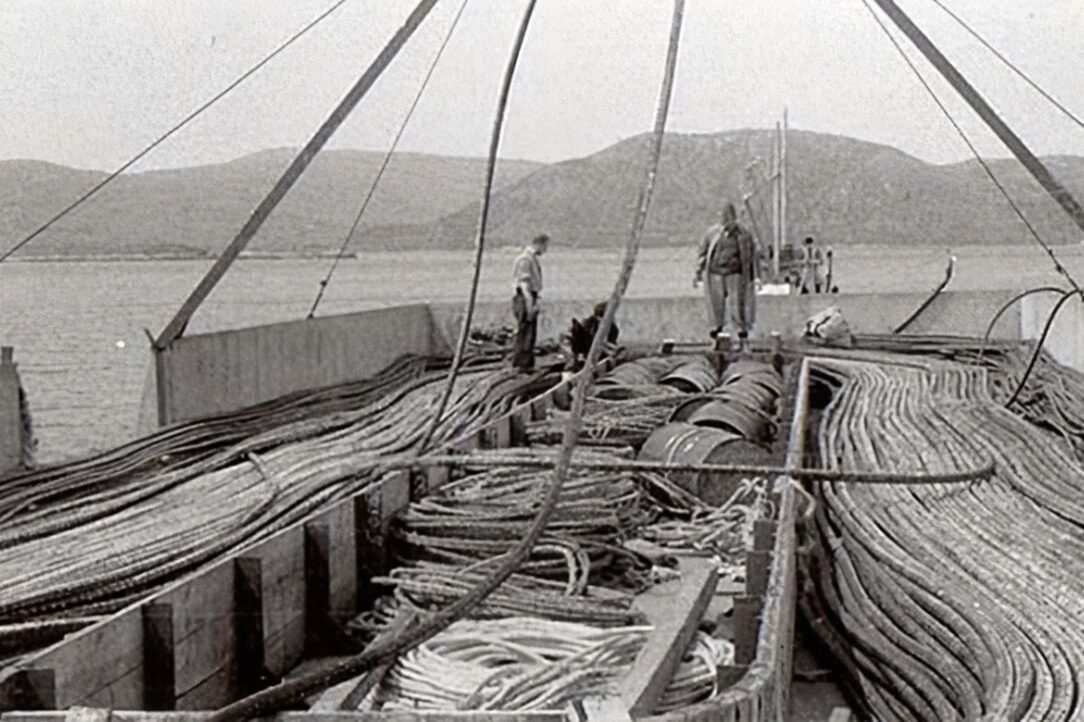
You’re reading this thanks to undersea cables, but some of these underwater lines are not just old, they are ancient. Long before the internet, the ocean floor was wired for telegraphs, and surprisingly some of that 19th century technology is still buried down there, untouched and intact. It all began in 1858 when the first transatlantic cable connected Ireland to Newfoundland, even if it only lasted a month. By 1866 a sturdier version succeeded, transforming weeks of waiting into minutes of communication. That success began a whole new era of global connection that still shapes our lives today.
Old Cables Left Behind
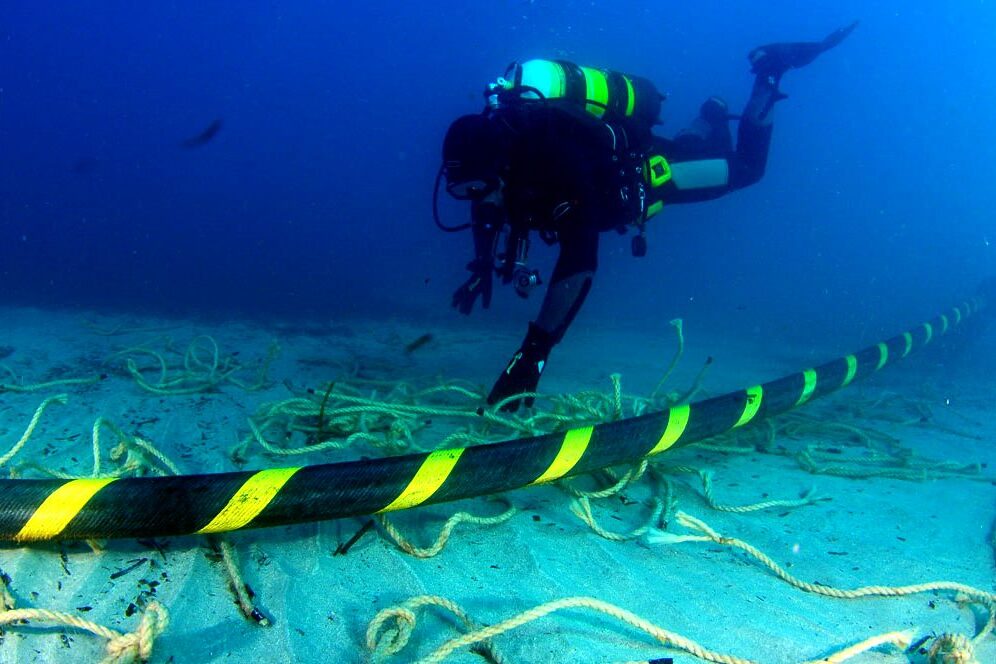
When newer cables replaced the early ones, many were simply left where they were. Instead of hauling them back to shore, ships abandoned them to the deep. That means there are still copper telegraph lines from the 1800s sitting quietly on the seabed today. They do not carry messages anymore, but they remain as relics of determination and progress, hidden from daily view. These forgotten strands tell their own story, resting beneath the waves, reminding us of a time when global connection was only beginning and every mile of wire was something almost magical.
Laid Inch by Inch
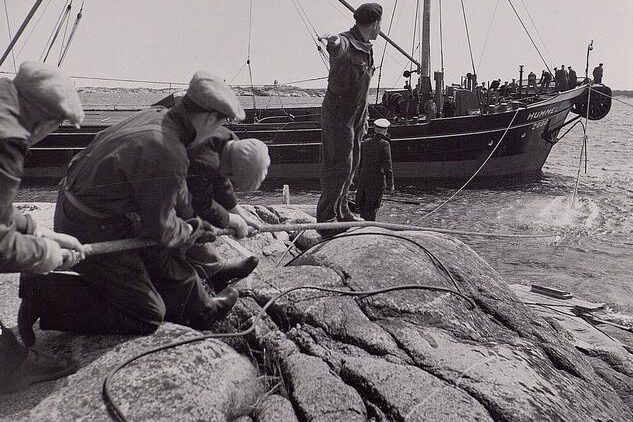
Think of what it took to lay those first lines. Ships carried thousands of miles of coiled cable and crews worked carefully, releasing it inch by inch across the ocean floor. There were no satellites, no GPS and no sonar. They relied on maps, compasses and steady nerves. Storms could strike, mistakes could mean disaster, but they pressed forward. Each length lowered into the sea represented hope for faster communication. The process was painstaking but it worked. It is remarkable to consider how much was accomplished with little more than muscle, planning and sheer determination.
Layered with the Modern
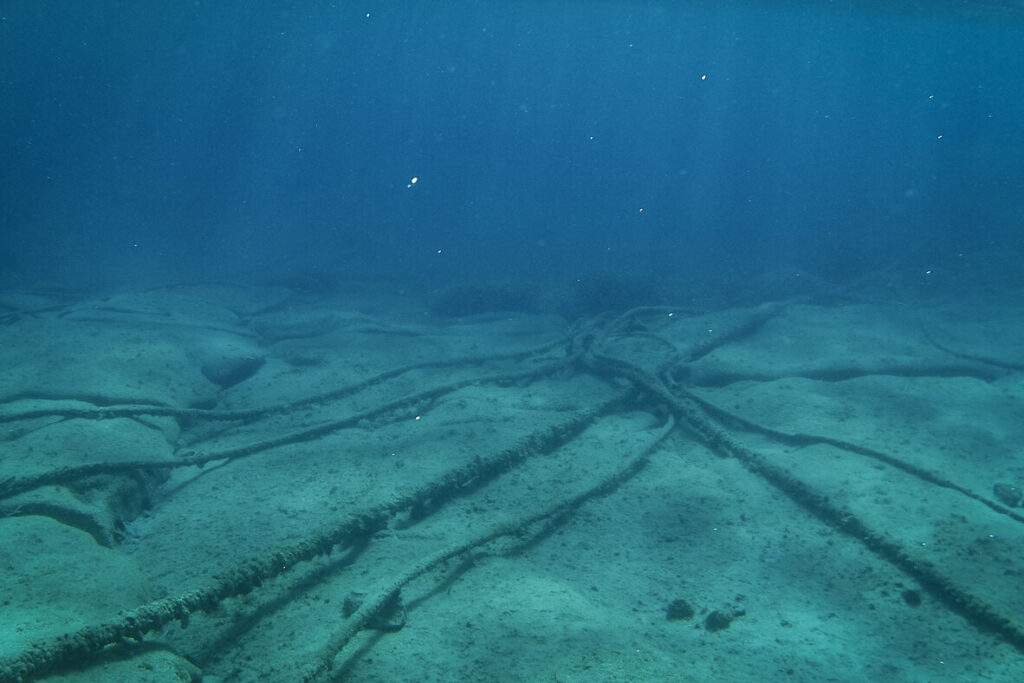
What makes the story even more fascinating is that today’s fiber optic cables often run right alongside those older ones. Engineers discovered long ago which stretches of seabed were safe and efficient for laying lines, and those same routes are used again. This creates a kind of layered history under the sea where the old and the new sit together. Modern high speed internet travels just above or beside the silent lines of the past, almost like a conversation across time, connecting the world with both memory and modern need.
Still Operational in Spirit
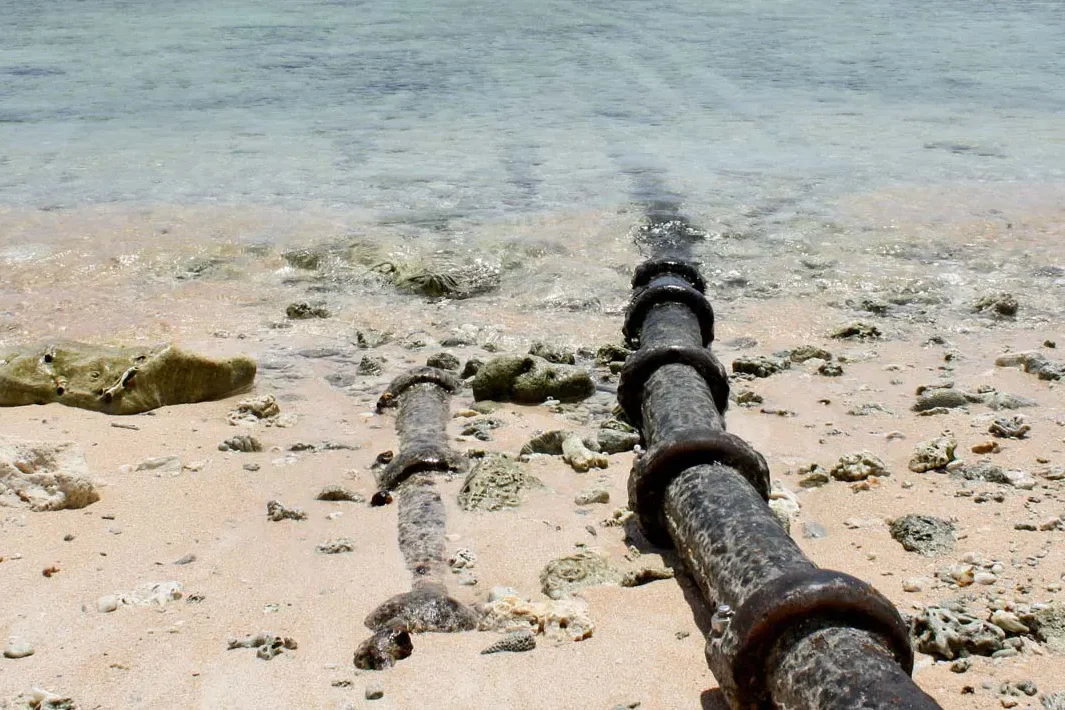
Many of the coaxial cables from the twentieth century may not be in use anymore, but technically they still work. Their engineering was so strong that even today they could carry signals if needed. That durability is a tribute to the effort and vision that went into making them. They were not built for a year or two, they were built to last, and in many ways they still do. They remain stretched across the seabed, quietly present, evidence that good design and solid work can outlast even our fastest modern expectations.
Nature Is the Real Enemy
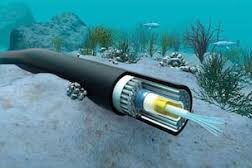
When cables break, it is usually not because of their age but because of what nature throws at them. Earthquakes and shifting plates can tear through them. Landslides under the sea can pull them apart. Curious sea creatures have been known to damage them too, while anchors from ships still cause sudden breaks. It shows that the greatest challenge is not time but the environment itself. For all the progress in design and strength, the ocean floor is still unpredictable, and cables must live with the constant risk of natural disruption.
Still the Backbone of the Internet
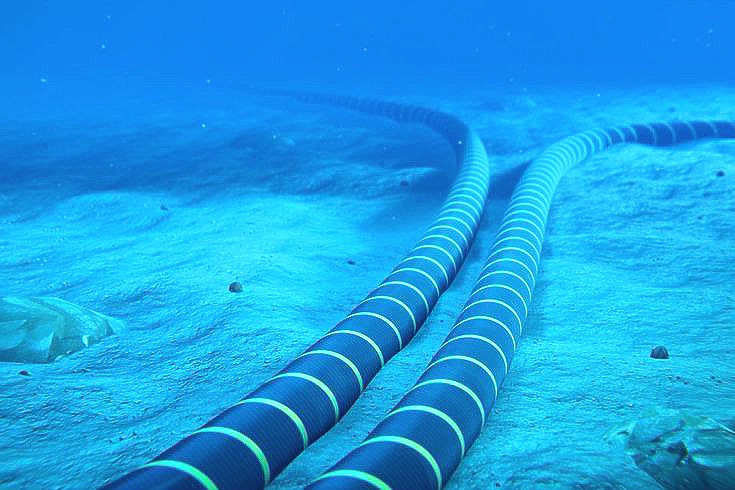
Despite satellites circling above, undersea cables remain the true backbone of our digital world. More than 800,000 miles of them carry the vast majority of global internet traffic. Every call, every email, every transaction passes silently through these wires resting on the ocean floor. They are the hidden highways of connection, doing their job without drawing attention. It is easy to forget them, yet without them modern life would struggle to function. They remind us that even the most advanced technology leans on simple wires running through the deep sea.
This story The Oldest Tech Still Running Under the Sea was first published on Daily FETCH


